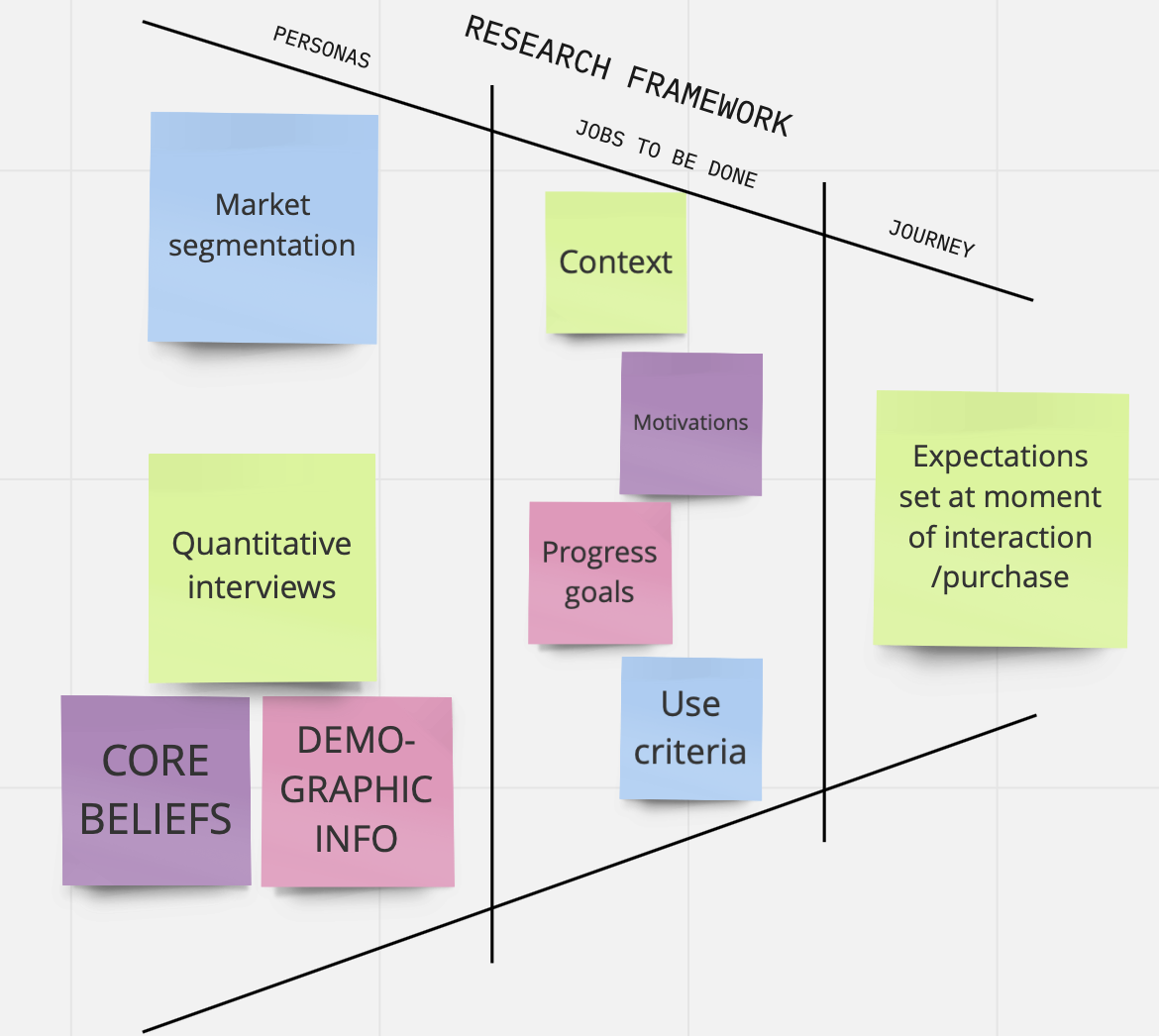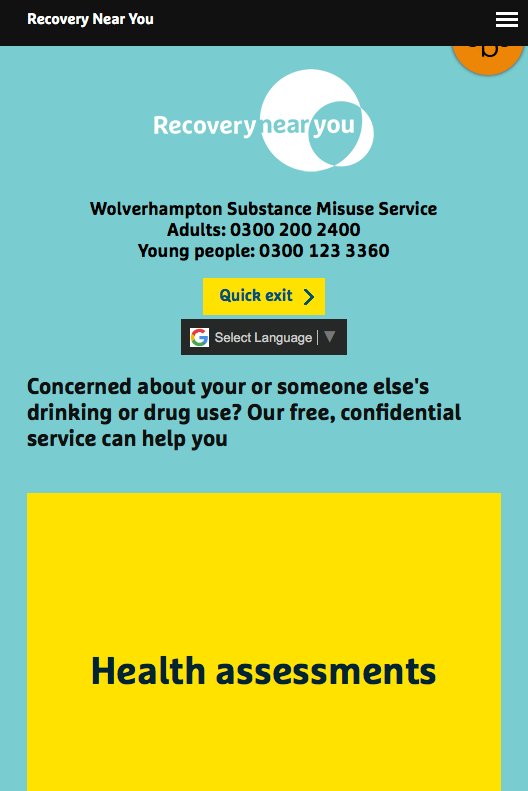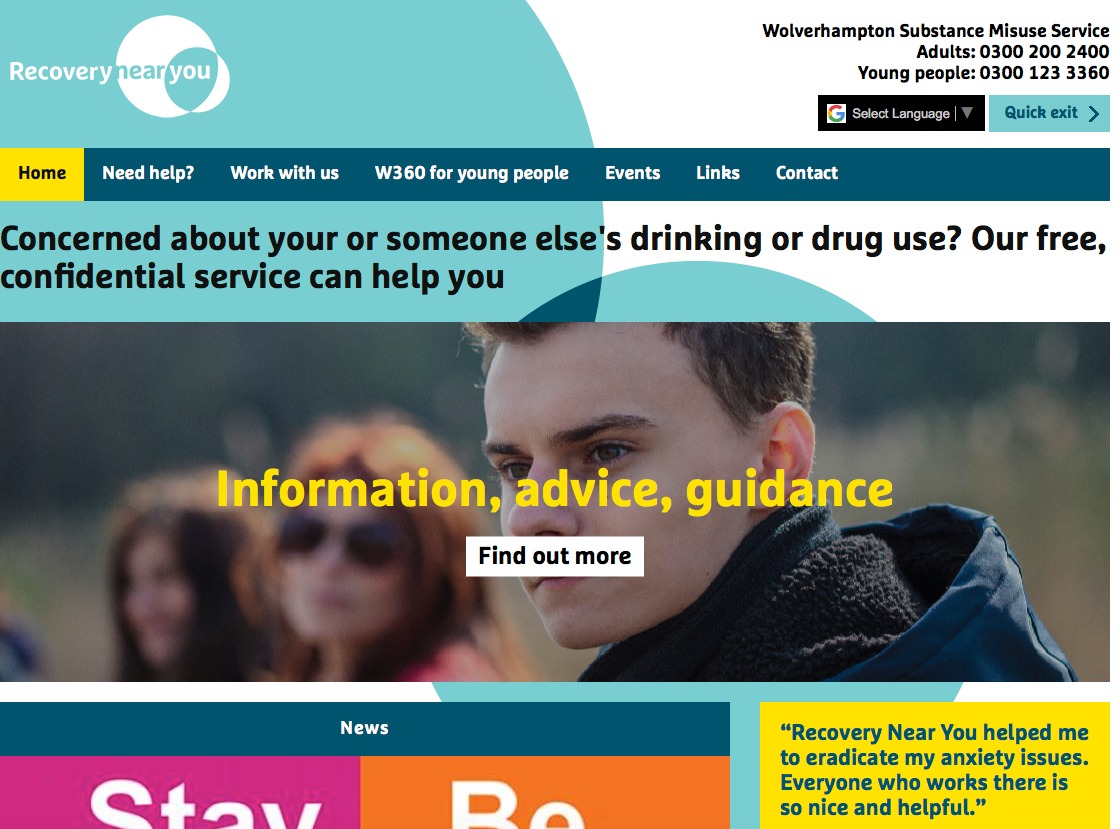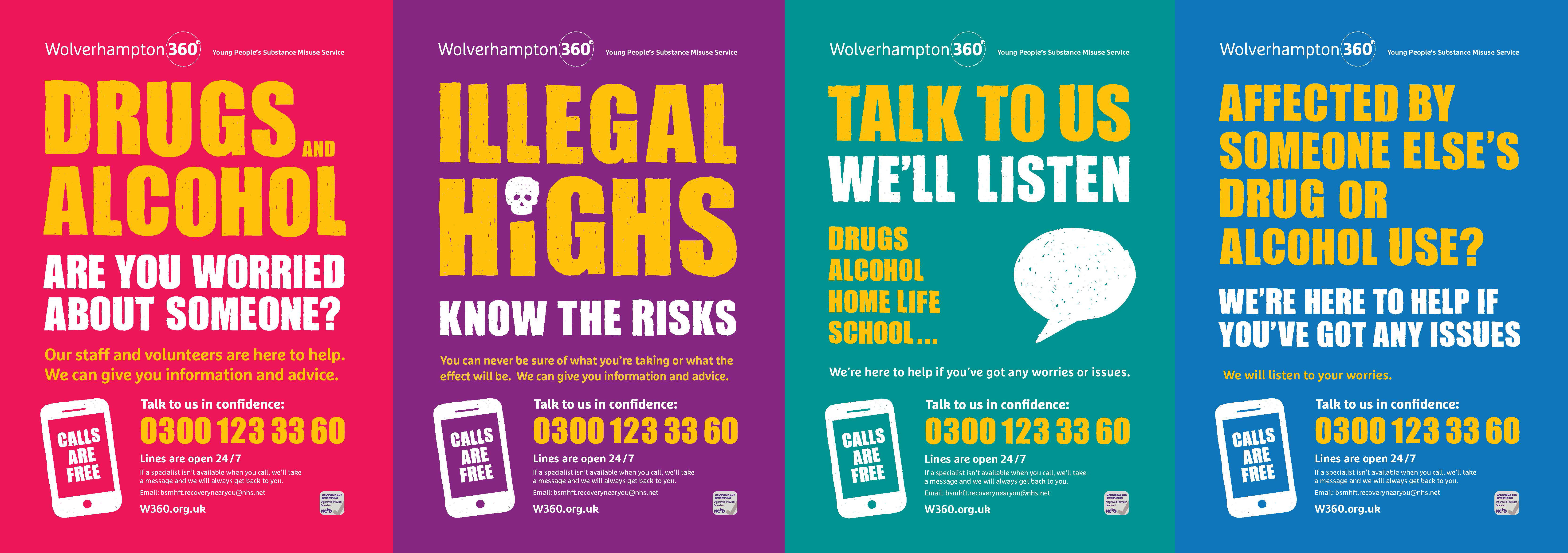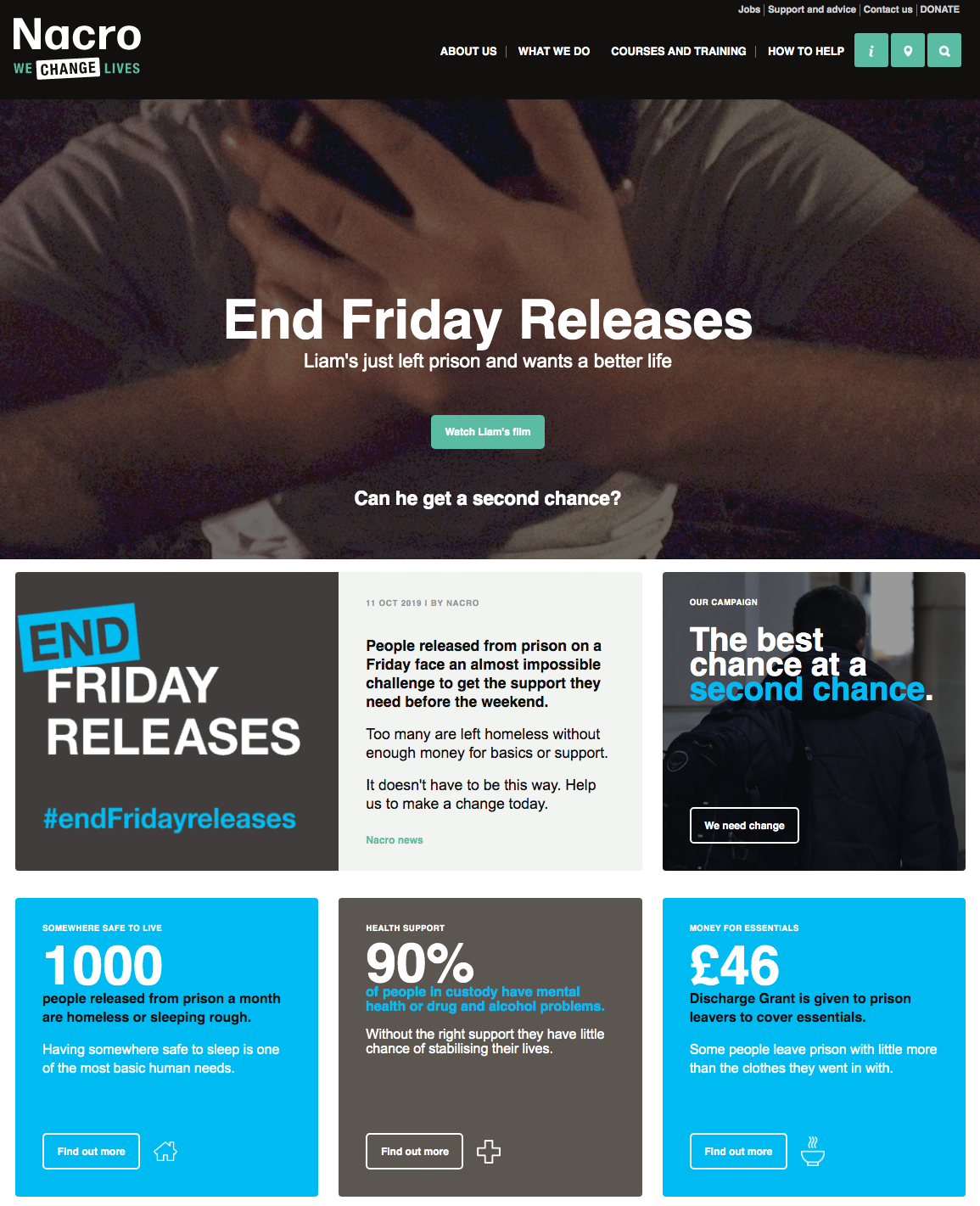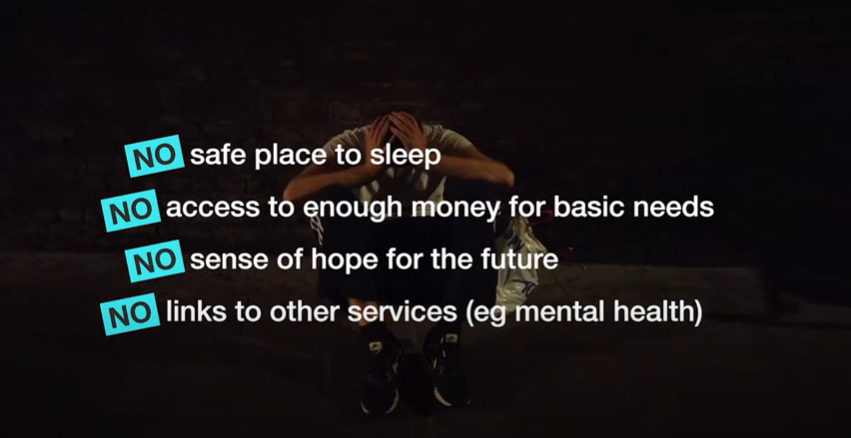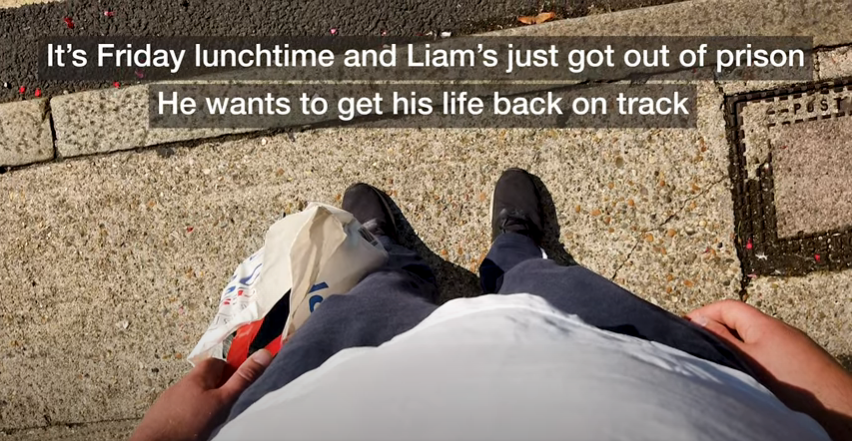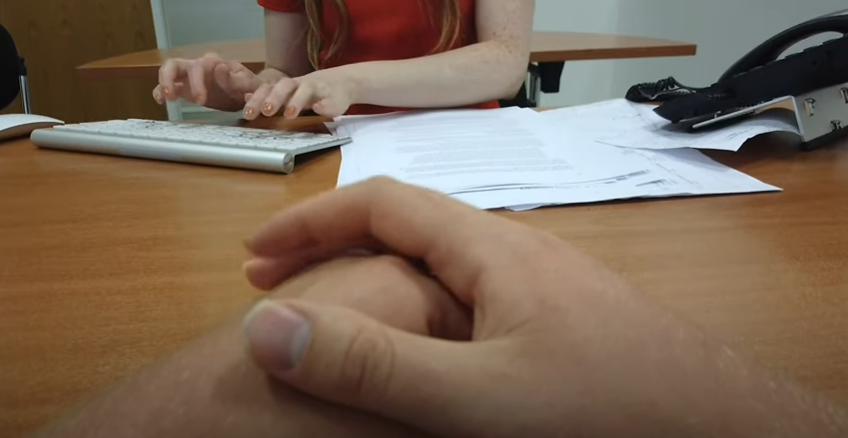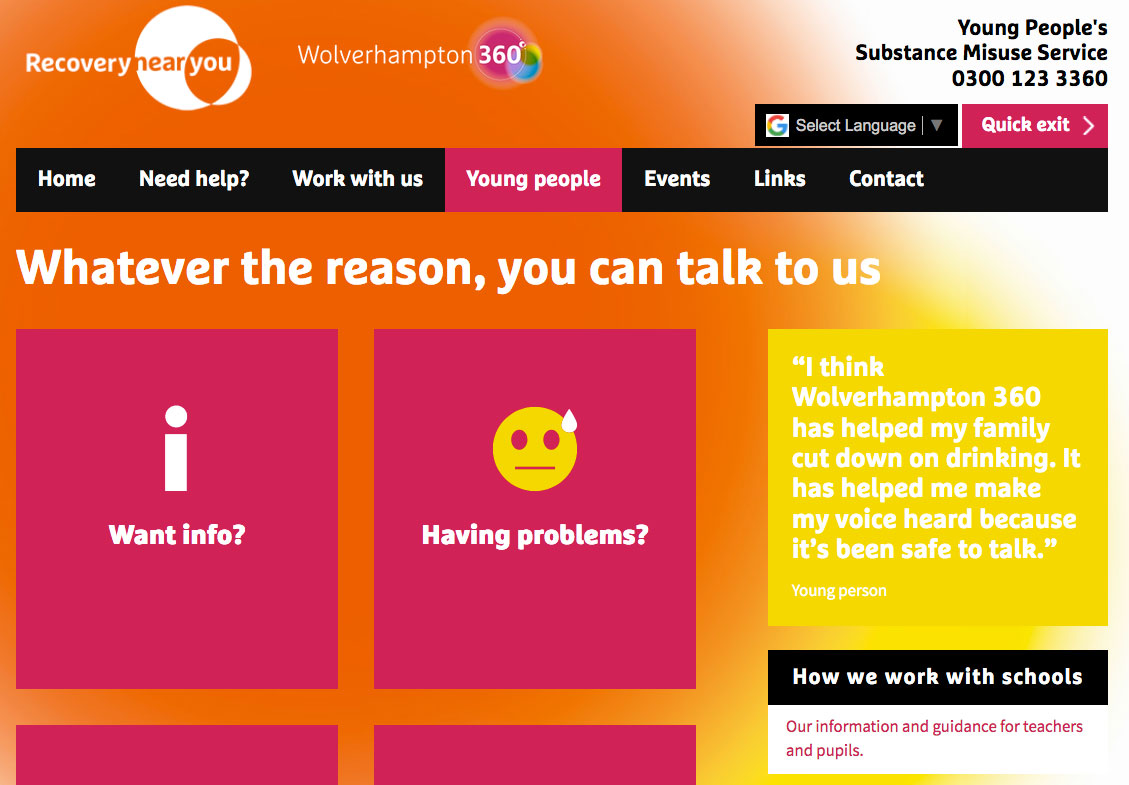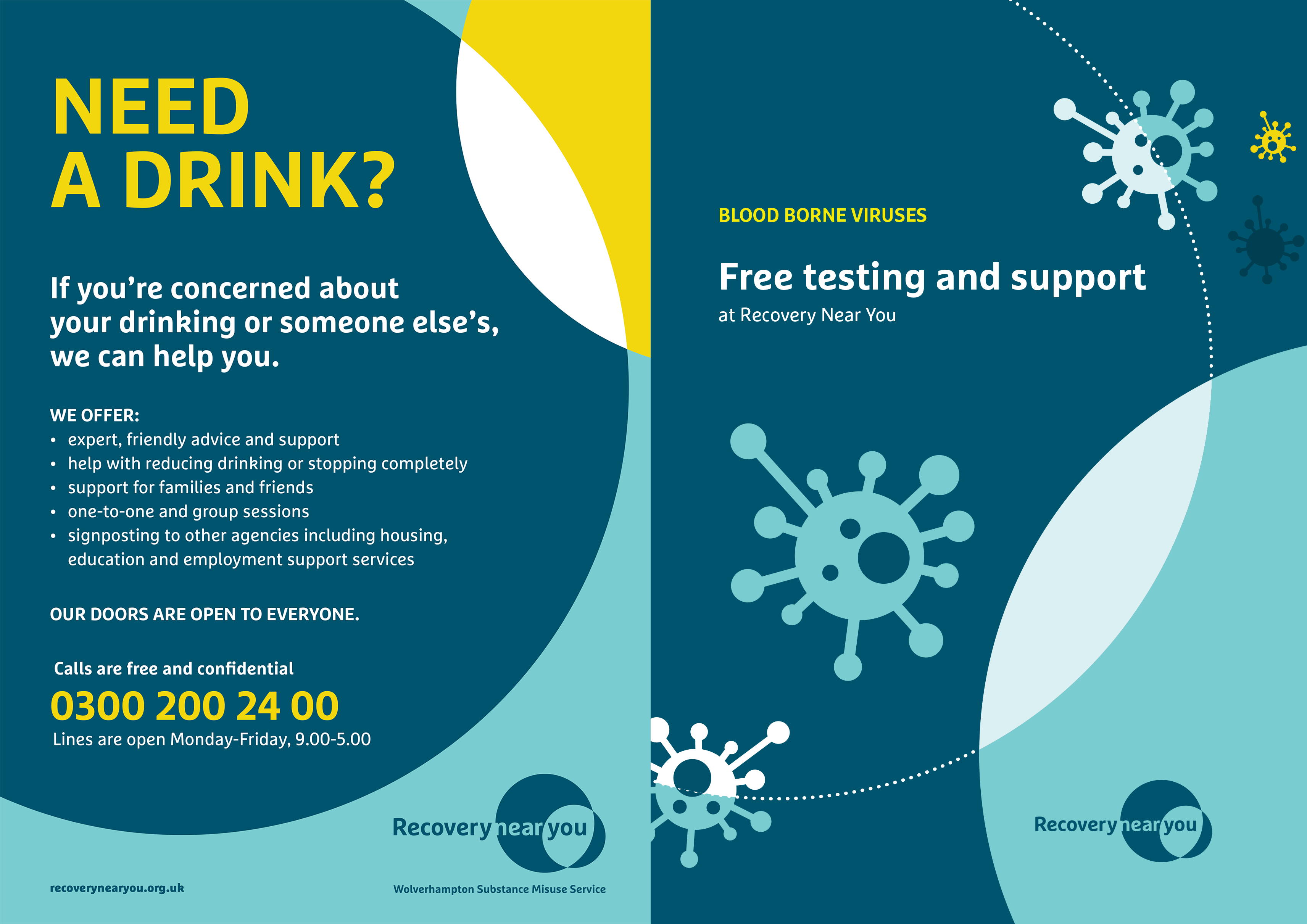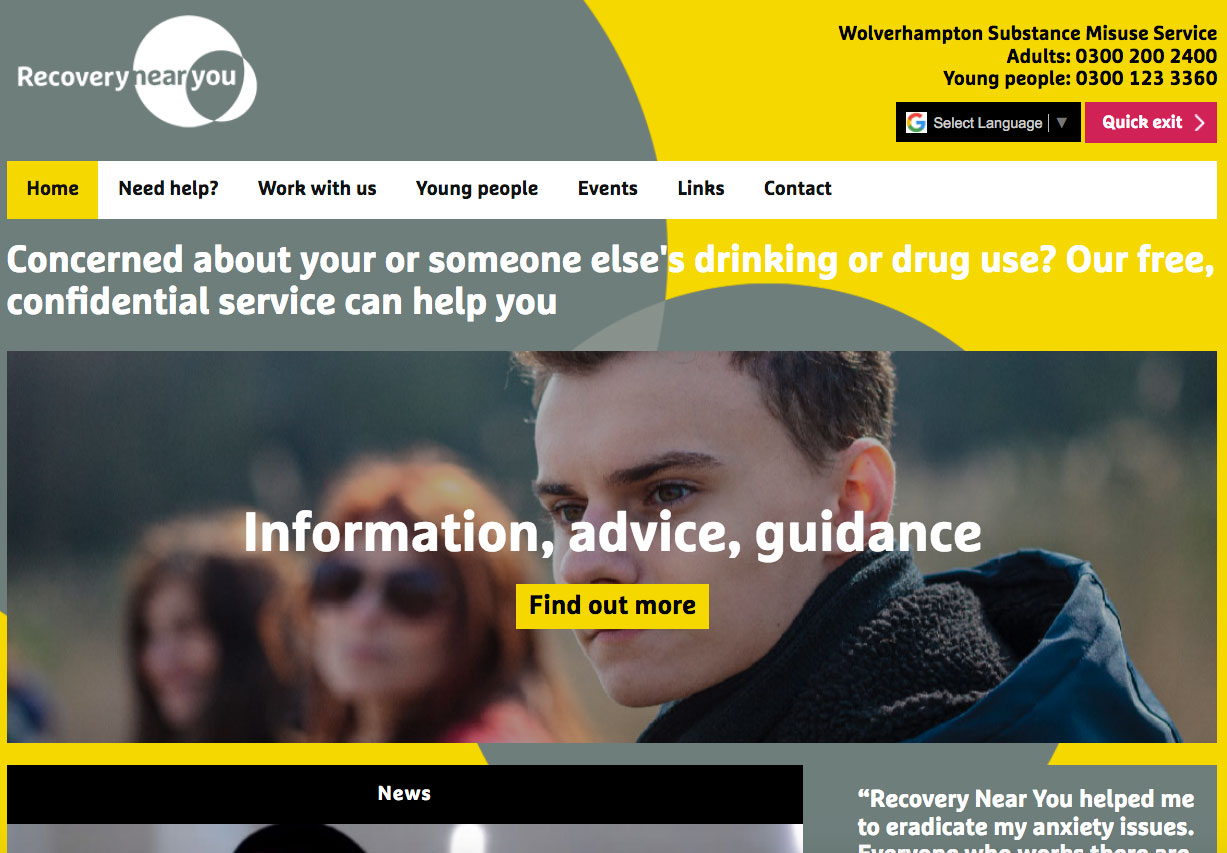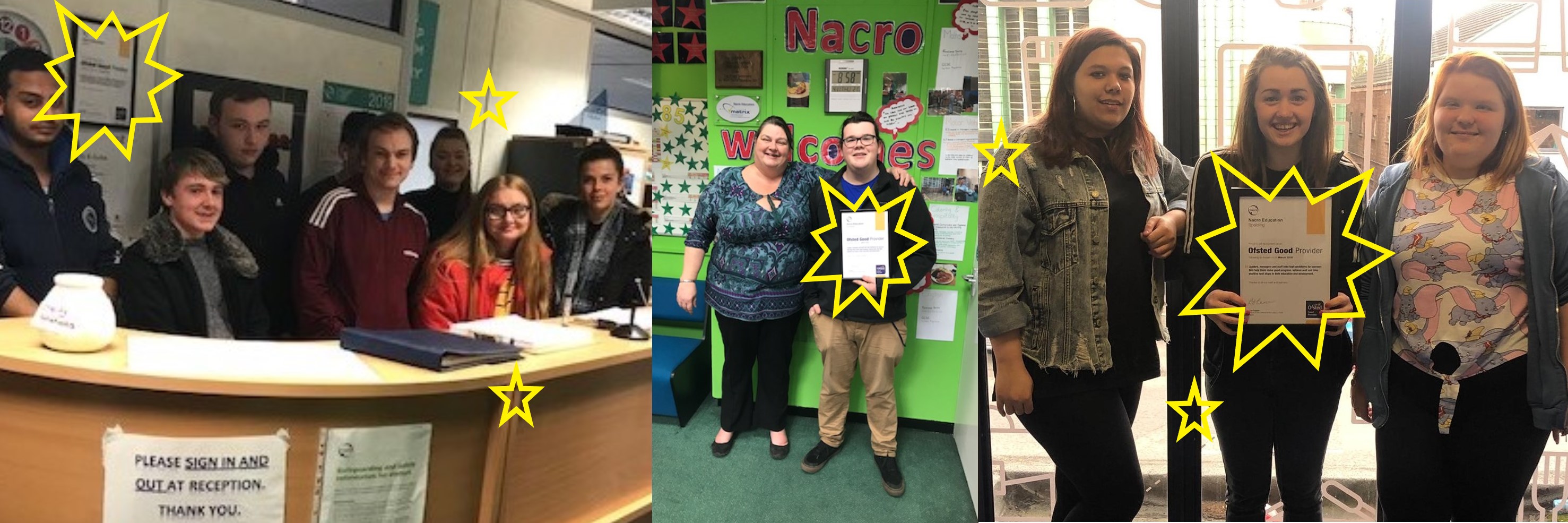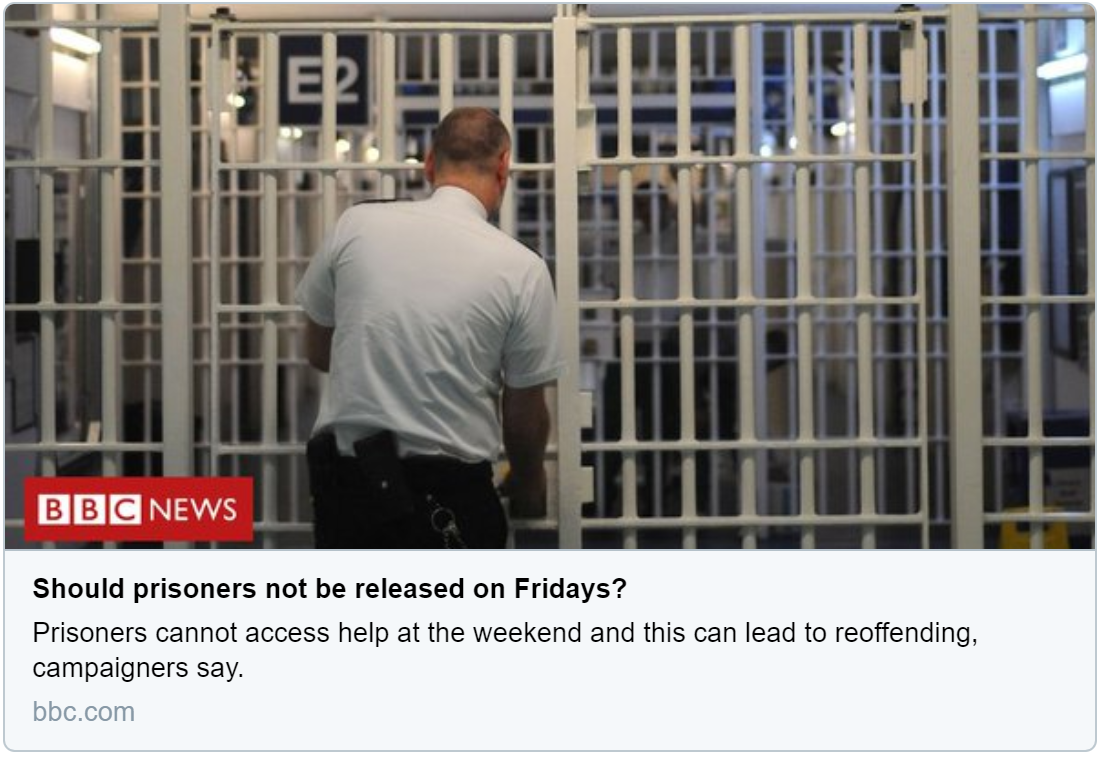Governance
Governance processes can help a scale-up by improving resilience to future regulatory requirements and other business-critical adaptations, e.g. changes to the NHS Digital Care Services Framework, potential reclassifications within the healthcare ecosystem post-COVID-19 or Brexit requirements. This can ultimately improve preparedness and competitive advantage.
I introduced product governance processes at my current organisation, Nacro, to meet contractual compliance and to boost working relations within the NHS partnership of one of our key health care products. Working with the commissioner, a key stakeholder, demonstrated our accountability and transparency. This led to contract renewal and guaranteed income.
Suggestions
- Gain organisational buy-in by understanding current processes and motivations, and aligning them
- Engage with customers and potential customers to document organisational risk factors, mitigate them and increase conversions
- Invite stakeholders to certain product or Scrum meetings to invest them in the product
- Light touch, work with team dynamics – a commonly agreed agile MVG (Minimum Viable Governance)
Workflow
Crafting a product can help a scale-up to adjust workflow, achieving outcomes e.g. product fit at scale.
I identified the need to improve data gathering workflow for a CRM product in my current job. I brought together the data team, business assurance, customer services and business owners to co-create a metrics dashboard. This led to a 250% increase in customer conversions on launch.
Suggestions
- Analyse feedback loop with key stakeholders and customers to achieve incremental velocity improvements
- Leverage partnerships by sharing best practice
- Examine methods such as machine learning to increase qualitative and quantitative customer feedback
- Standardise processes where required, which will also help to meet compliance such as ISO27001
Corporate knowledge
Maximising organisational knowledge can help a scale-up to increase its impact, from widening ideas gathering to increasing authority with practices, GPs, the wider NHS and other key stakeholders.
In my previous job with The King’s Fund, I shadowed every team to understand the challenges of customer communications with NHS leaders, GPs, practitioners, carers and patients. I found clear messaging already existed but only within certain teams. I shared this good practice internally and ran experiments to improve labelling across the website which contributed to a 20% increase in signups.
Suggestions
- Broaden team culture: by shadowing, encouraging and rewarding informal sharing of good practice
- Encourage key staff visibility as subject matter experts on social media channels.


